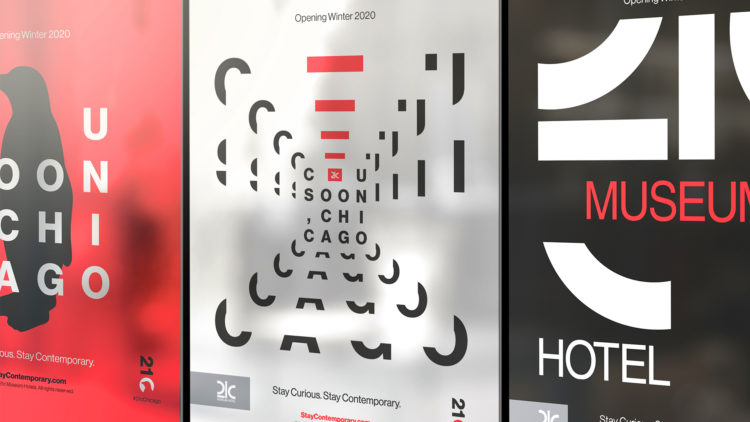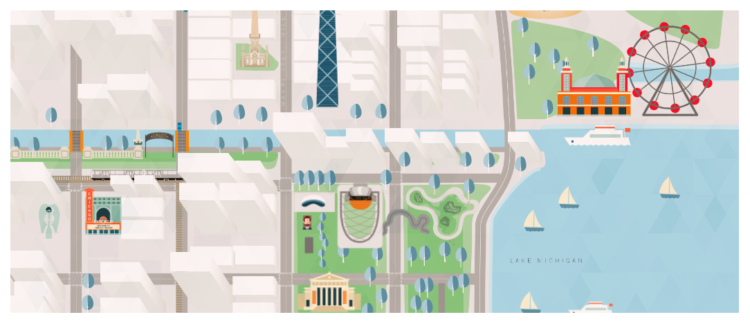For all creatives, whether it’s art directors or copywriters, the blank page or blank canvas can be the scariest part of a project. The first steps are usually the hardest. False starts are common. Doubt is easy to come by early on. It can be very difficult to create something of value out of nothing. But there is hope.
Defining Your Box
It may seem freeing to work without restraint, but finding a solid starting point can be the toughest part. It’s easy to see “no guidelines” as the ability to go “all in” and get very creative, but it really just makes it harder to see the end goal. That’s why I value brand guidelines, client backgrounds and a history of what’s worked and what hasn’t. This is the part of the creative process that I like to call “defining the box.”
A “well-defined box” helps me focus and gives a clearer picture of what’s expected — and what’s a success. And once my box is clearly defined, I can work outside of it. I know the general photography style, and the tone the brand goes for. I can take old pieces and readapt them, or I can mix elements of older campaigns with something totally new.
A solid set of guidelines, client context and the history of their work can give me some excellent thought starters and some guide rails for new work. Other things like budget, timing, existing assets, even character counts can be seen as helpful guidelines. These things shouldn’t be seen as limits, but as the creative inspiration for how you tell the story with what you’ve got.
In the case of a recent social and display campaign, all we had to work from was an older commercial. In this case, the box was pretty big. The only problem was that the new campaign was limited to banners with strict file size limits and social media — where users have little patience for content that’s not relevant. So my copywriter and I sat together and stripped down the story and visuals to the most basic components. It was a fantastic start and we ended up with a ton of viable options.
After testing out various stories on account people, ACDs and a few with no history on the account, we landed on a powerful, yet simple legacy story. And all that other work went on to inform other content we created for social and display.
Great Artists Copy, the Greatest Artists Edit
That’s not the saying, but I took some artistic liberty and made an edit. What I’m trying to say is that a lot of the best work comes from editing — whether it’s taking an older piece and changing it to fit the new brief, or coming up with new work, and only keeping the parts that work. Taking something great and boiling it down to its essence is hard work — but you can take something great and provide your own vision to it. This applies even outside the marketing/ad world.
The early years of hip-hop are a fantastic example. Disenfranchised youth in New York City — without good access to instruments or lessons — took music they liked, edited it to isolate the beats, and rapped over it. At a high level, hip-hop was born out of editing, which eventually became sampling. Imagine a world without Paul’s Boutique, Tribe, or even DJ Shadow. No thanks.
Embracing the Guard Rails
What may initially seem boring and limiting (brand guidelines, old campaigns, and client context) should really be considered as guard rails. These aren’t limiting your creative output, they’re igniting your creativity and setting you on the right path. “Do whatever you want” may seem exciting at first, but having a road map — not necessarily a defined route — is a much better way to succeed.
So when another big exciting project comes your way, don’t be afraid to jump head first into that box. Thinking outside of it comes later.













